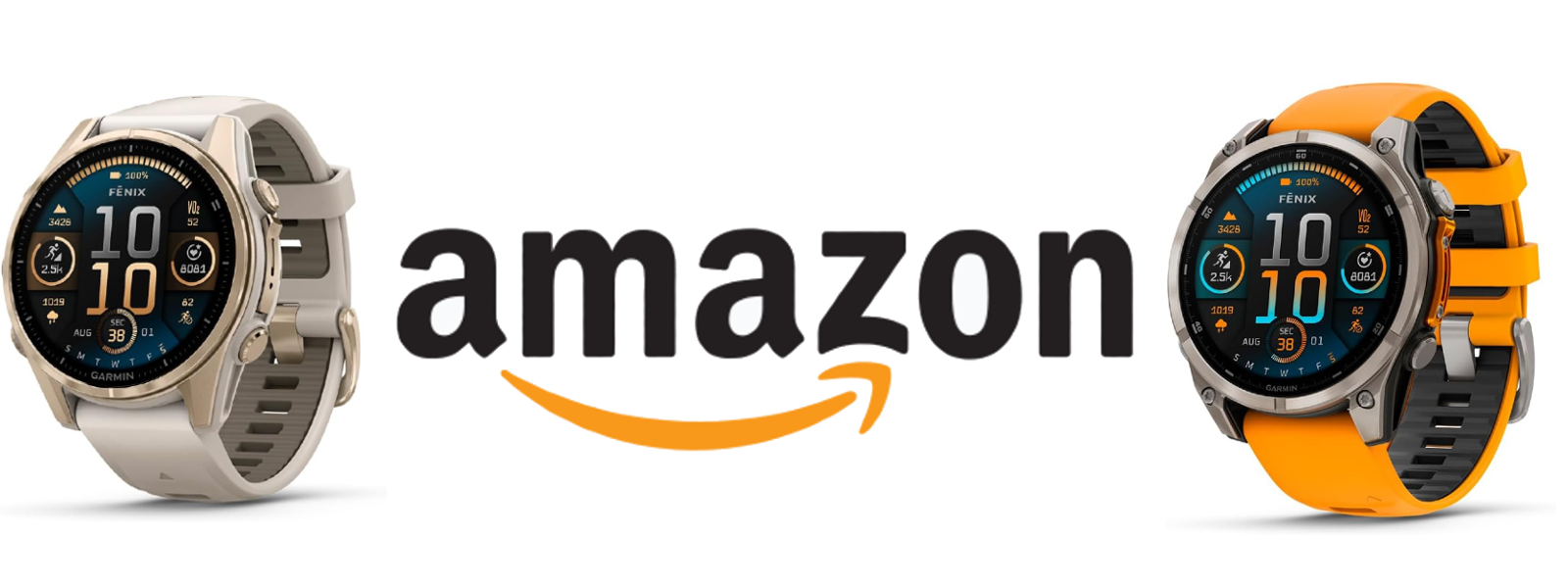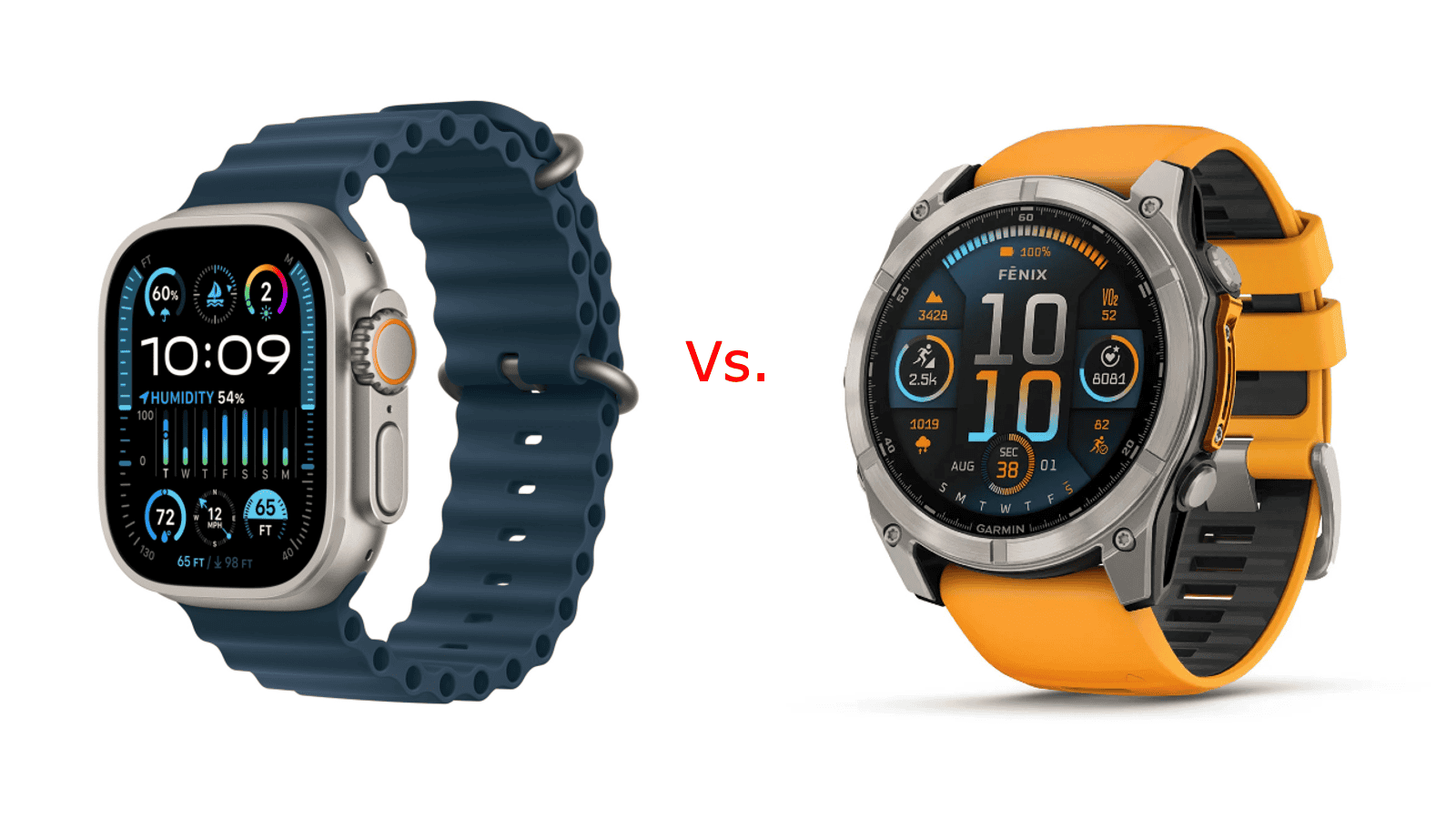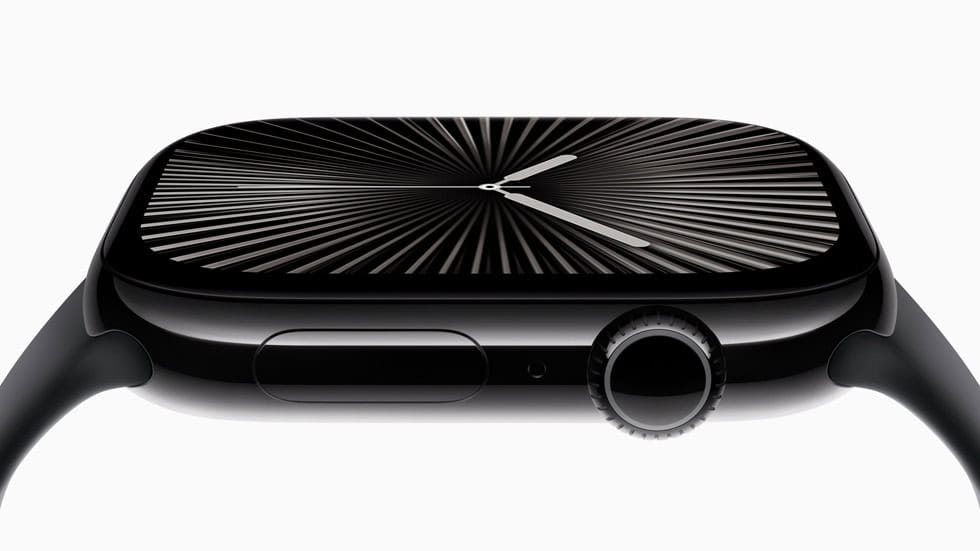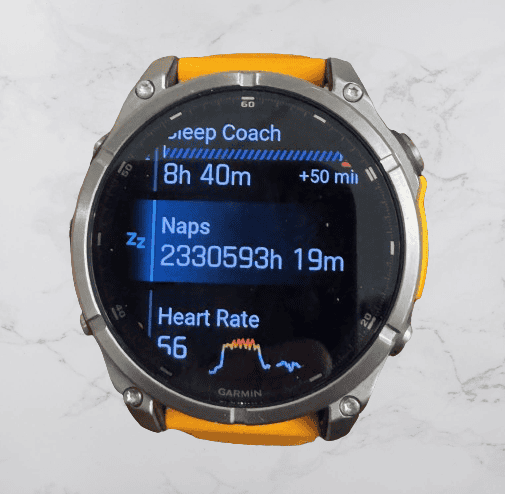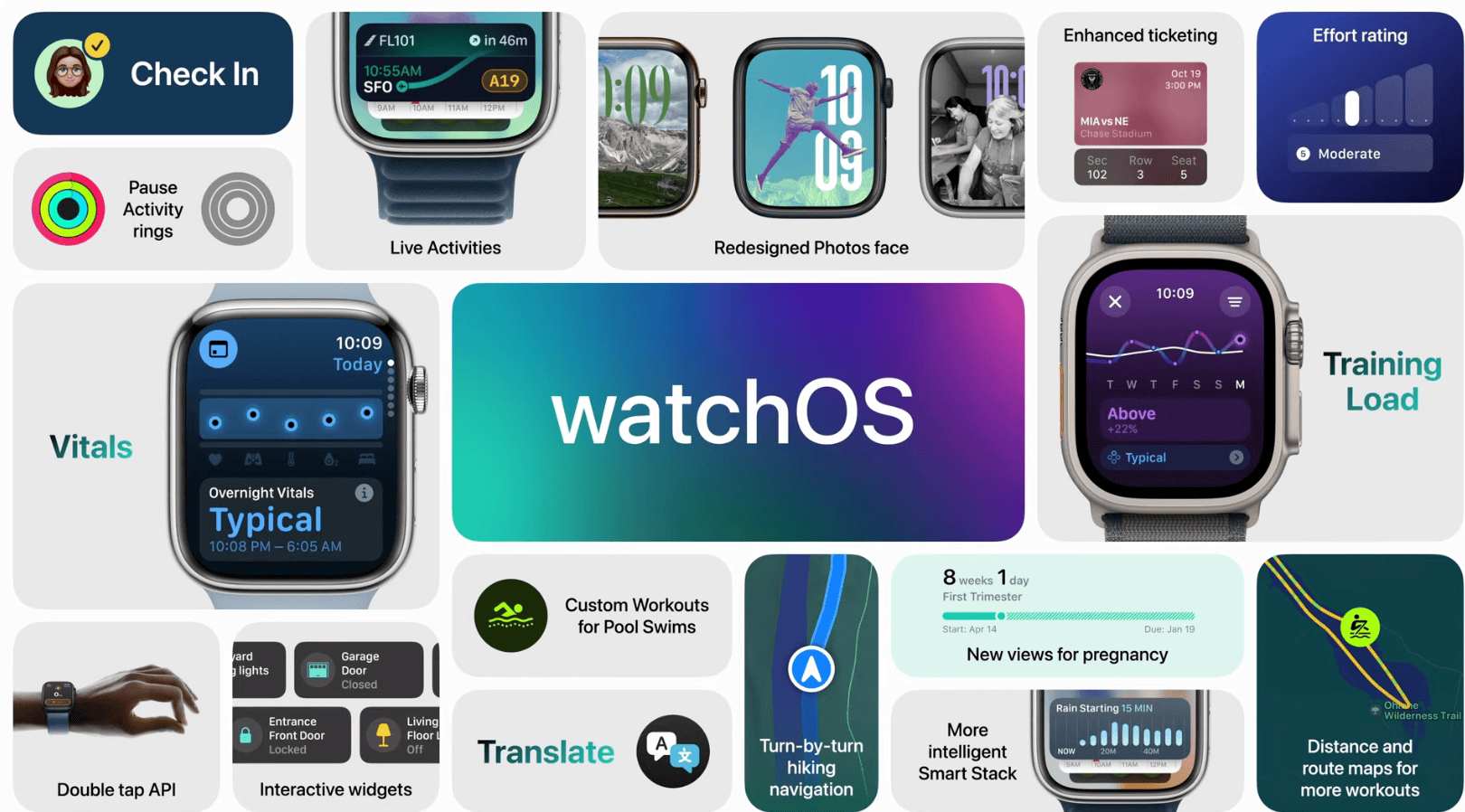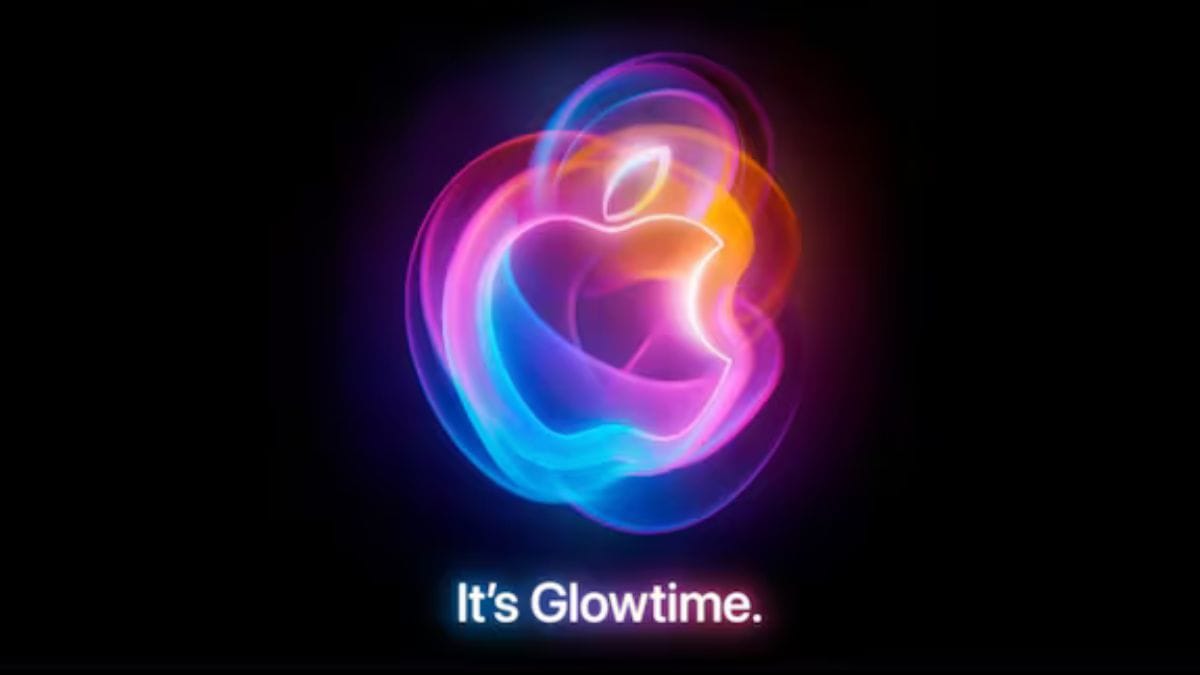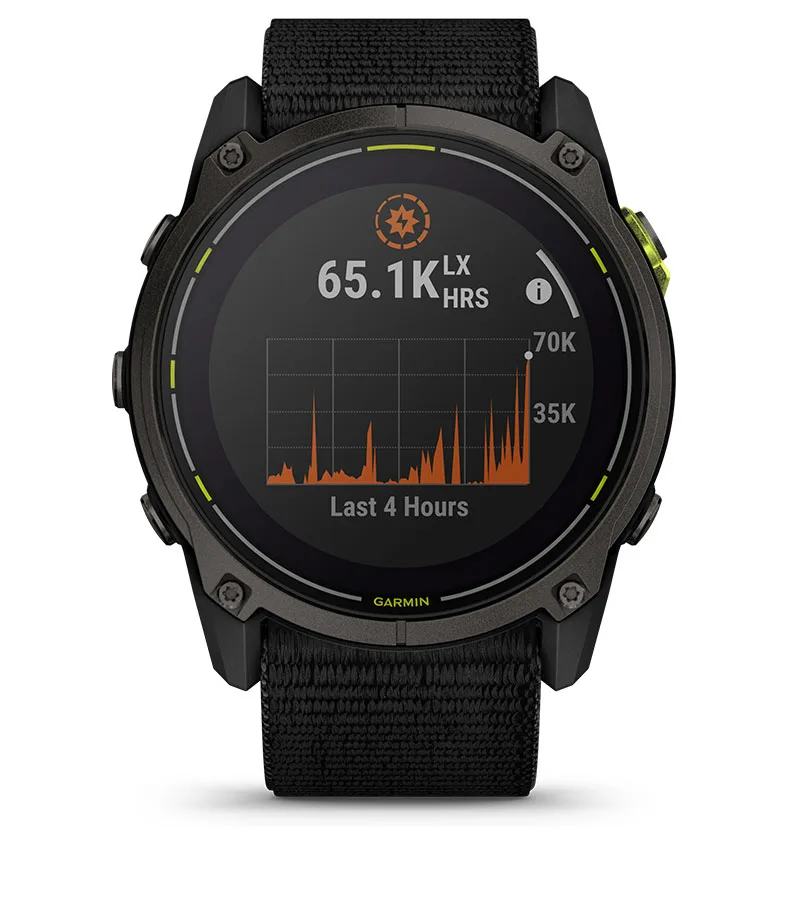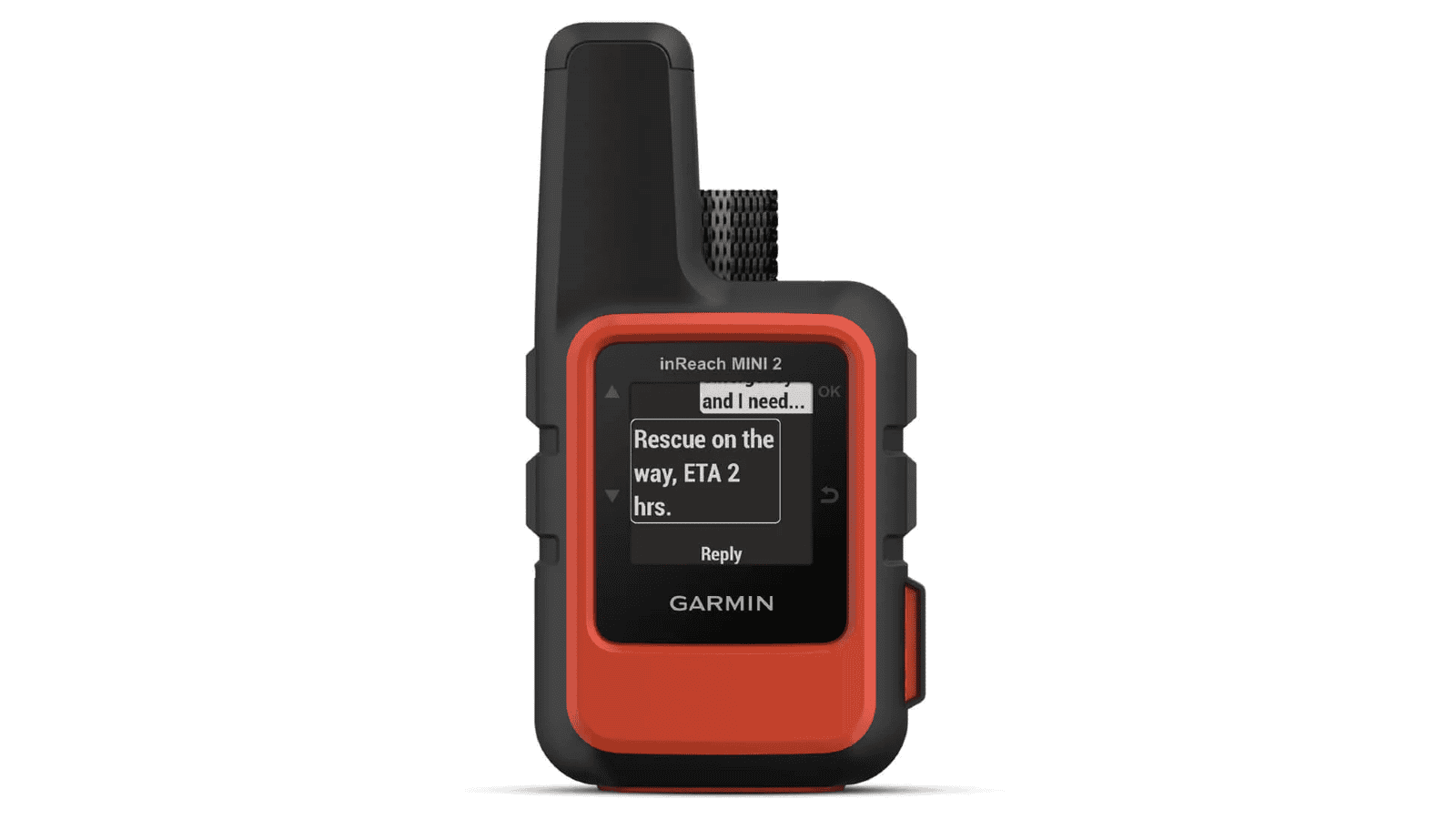Garmin has quietly added additional location sensors to their latest Fenix 8 and Enduro 3 lines by adding Beidou and QZSS satellites. Previously, Garmin watches included GPS, GLONASS, and Galileo. With these additions, the latest watches support five positioning systems, enhancing accuracy, especially in challenging environments like urban areas or forests.
These multiple satellite systems ensure more reliable location tracking. Users can access these enhanced features by selecting the “All Systems” option on their devices, which automatically utilizes all available satellites for the best accuracy.

What the Addition of Beidou and QZSS Means
The addition of Beidou and QZSS extends Garmin’s global coverage and precision. Beidou, focused on the Asia-Pacific region, and QZSS, designed for Japan, enhance the overall positioning performance of Garmin watches. These systems complement GPS, GLONASS, and Galileo, creating a robust network for superior location tracking.
A Brief Overview of Each Satellite System
- GPS (Global Positioning System): Operated by the United States, GPS is the most widely used satellite navigation system, offering global coverage.
- GLONASS (Global Navigation Satellite System): Russia’s system complements GPS, providing better accuracy in high latitudes.
- GALILEO: The European Union’s system offers improved precision, particularly in urban areas.
- Beidou: China’s system provides regional coverage in the Asia-Pacific region, with expanding global reach.
- QZSS (Quasi-Zenith Satellite System): Japan’s system enhances accuracy in Japan and surrounding areas, particularly in urban environments.
To learn more about GPS, GNSS, and positioning on your watch, check out – A Guide to GPS on Your Watch: Benefits of Multi-Band GNSS




